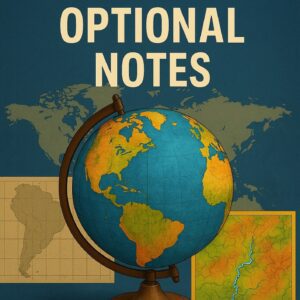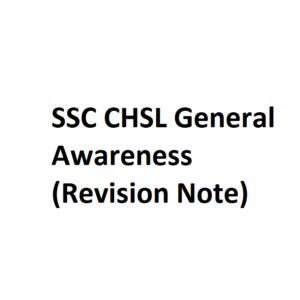Marxian Model
The Marxian Model, also known as the Marxist theory of geography, is a framework that analyses the relationship between society, economics, and geography based on the ideas of Karl Marx and Friedrich Engels. This model explores the role of capitalism, social class, and the spatial organization of society in shaping geographical patterns and processes.
According to the Marxian Model, geography is not considered as an isolated field but rather as an integral part of the social and economic systems. The model emphasizes the significance of the mode of production in influencing the spatial distribution of resources, wealth, and power within a society. The key concepts of the Marxian Model in geography include:
- Mode of Production: Marx argued that the mode of production, which encompasses the relations of production and the means of production, determines the social and economic structure of a society. Different modes of production, such as feudalism and capitalism, create distinct spatial patterns and inequalities.
- Capitalism and Class Struggle: The Marxian Model focuses on capitalism as a dominant mode of production. It views capitalism as a system where the bourgeoisie (owners of capital) exploit the proletariat (working class) for profit. This exploitation leads to social class divisions and spatial inequalities.
- Spatial Division of Labour: The model highlights how capitalism influences the spatial division of labour, leading to the concentration of certain industries and economic activities in specific regions or countries. This results in uneven development and regional disparities.
- Uneven Development: Marxists argue that capitalism inherently generates uneven development, with some regions or countries becoming wealthier and more developed while others remain impoverished. This unevenness is attributed to the exploitation of resources and labor, as well as unequal power relations.
- Urbanization and Alienation: The Marxian Model examines urbanization as a product of capitalist processes. It emphasizes how the growth of cities is driven by the concentration of capital and labor, leading to the alienation of workers from the means of production and the loss of control over their own lives.
- Social Movements and Resistance: Marxists analyze social movements and resistance as important agents of change in the spatial organization of society. Movements that aim to challenge capitalist exploitation and inequality, such as labor movements or anti-globalization movements, can influence the geography of power and resources.
The Marxian Model of geography provides a critical perspective on the socio-economic forces shaping the spatial organization of society. It emphasizes the role of capitalism, class struggle, and the inherent contradictions within the capitalist system in influencing geographic patterns and processes. This model continues to be influential in understanding issues of inequality, uneven development, and social transformation within a geographical context.



